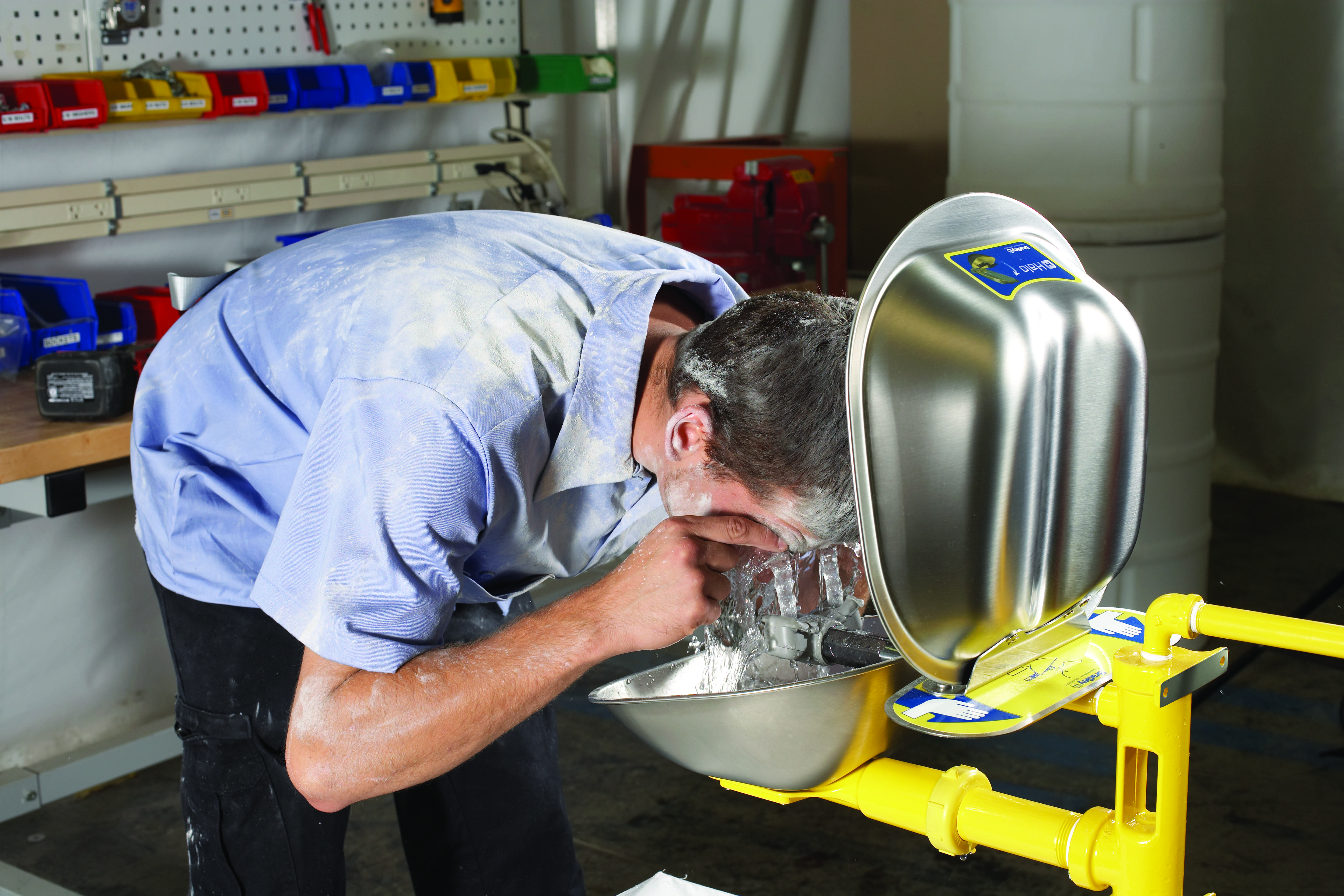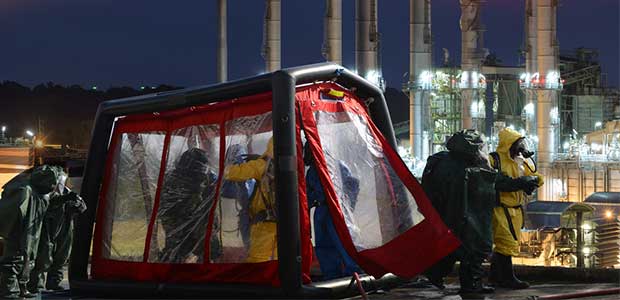
The need for sufficient and properly working emergency eyewash and shower devices in workplaces is real and pervasive.

Photoionization detectors (PIDs) are gas detection technology that can help businesses address this risk from the start, maintaining the highest level of short- and long-term safety for workers.
Fire departments respond to nearly 280 industrial incidents involving static electricity each year.

Flame-resistant (FR) clothing is a crucial element in keeping workers safe.

Need advice for revisiting drug testing policy in the era of legalization?
The Centers for Disease and Prevention has added several symptoms to its existing list of symptoms for COVID-19. Some you’ve heard, some you might not have.

You may be entitled to asbestos compensation. Find out if you are eligible.
Last week, the Department of Labor released additional interim enforcement guidance on reusing disposable N95 filtering face piece respirators that have been decontaminated.
OSHA and the CDC have teamed together to provide Americans with an interim guidance for workers and employers in the meat packaging and meat processing industry—especially given recent sick workers.

What can engineering directors and facility managers do to move their facilities closer to NFPA 70E compliance when spending has all but ground to a halt?
Businesses in retail, construction, manufacturing and package delivery should review recently issued industry-specific guidance from OSHA.

As one of the places hardest hit by the pandemic, New York City is seeing a huge number of individuals suffering and dying from the virus—and emergency responders are struggling to sleep, treat and save lives.

One popular question is: are workers eligible for workers' compensation benefits if they are exposed to COVID-19 on the job and must be out of work?
The questions of when and how the country will open after this global pandemic are undeniable ones, but there’s no doubt employers will have to operate workplaces differently. The National Safety Council and others are working to help them in that process.
The government recently updated its essential critical infrastructure workforce advisory list to include occupational health and safety workers.